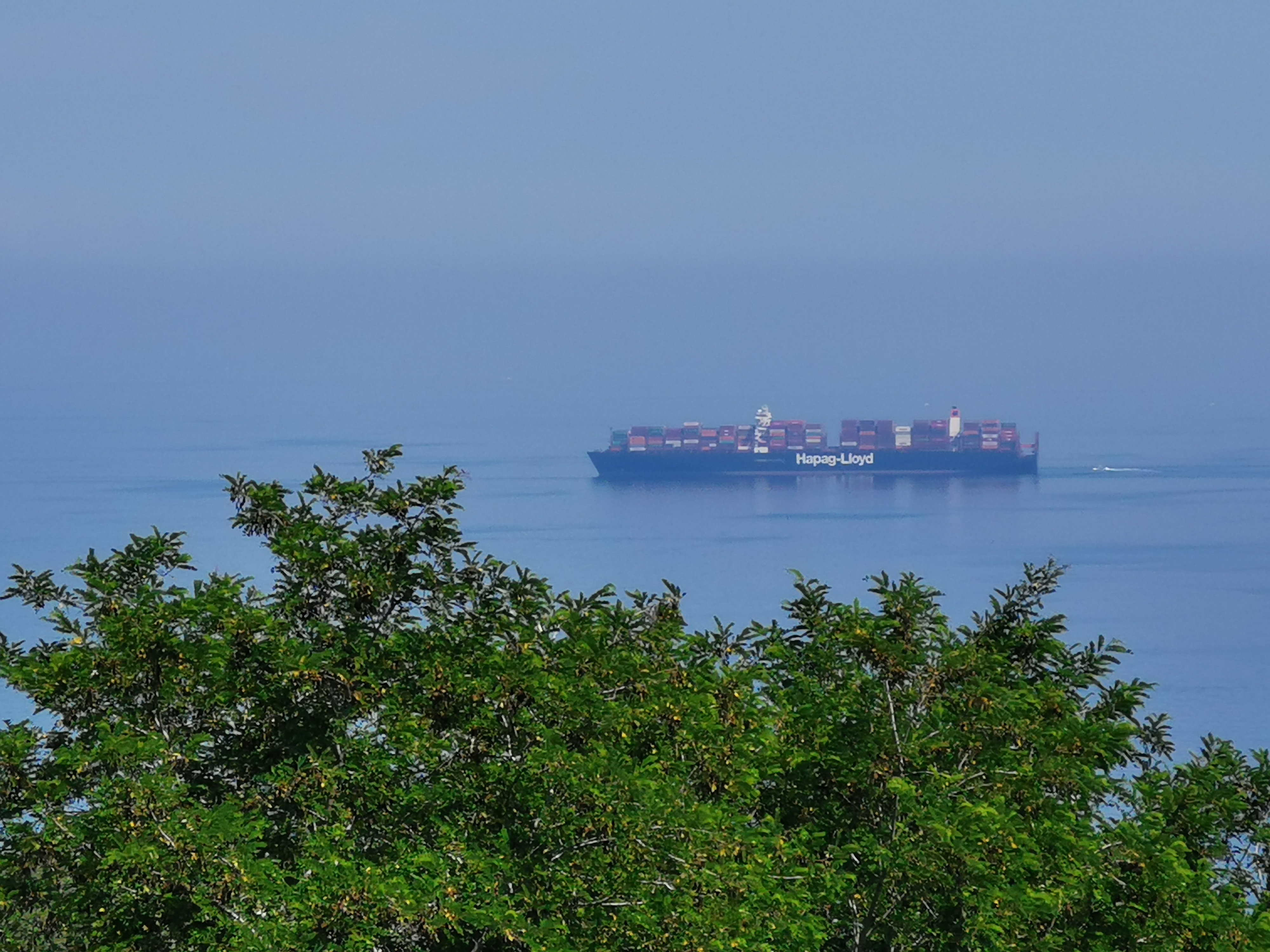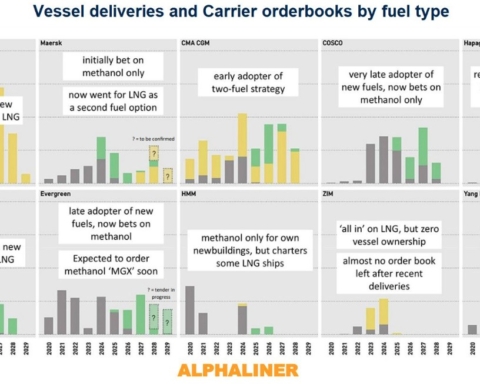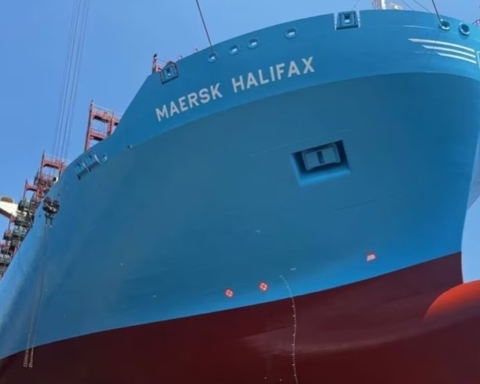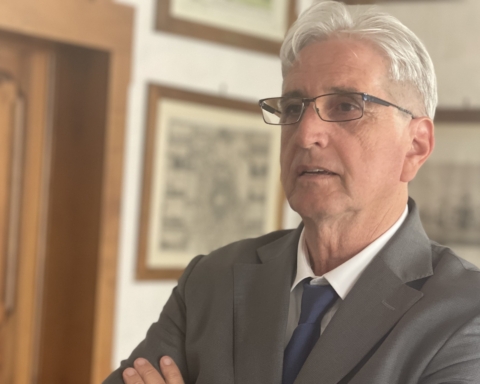To meet climate neutrality targets by 2050, and produce the green fuels ships will run on, the shipping world will require as much electricity as is being currently produced globally in one year, i.e. about 3000 TWh.
The latest report from the International Chamber of Shipping is a crystal-clear description of the industry’s hunger for energy, because “hydrogen, methanol, and all the new green fuels would not be truly green if they were not produced from renewable sources.”
Alexio Picco, managing director of Circle Group and head of the business unit that deals with innovation, says this with the same confidence as a mathematician rattling off Euclid’s most famous theorems.
On the other hand, the report points out that the path to Net Zero is far from smooth. “An increasing amount of electrical energy will be required to decarbonize the sector. More than just a few eco-incentives will also be needed at government level to encourage clean energy production,” says Mr. Picco.
From this point of view, the legislation on energy communities, Legislative Decree No. 199 of 2001, “has enabled our country to implement an innovative model of energy management already widely used in Northern Europe, encouraging the creation of systems for the production, self-consumption and sharing of energy needs through associations made up of local public bodies, companies, businesses or private citizens.”
A model of excellence that has only recently been extended to Port Network Authorities, thanks to the Aid Decree and the provision that allows them to establish renewable energy communities in ports.
According to Mr. Picco, it’s not an ill-conceived solution. Far from it: “I share the enthusiasm of the president of Assoporti (the Italian port association – Translator’s note) Rodolfo Giampieri: ports are now increasingly becoming the key players in the green revolution in the transportation industry. They are no longer exclusively places for the movement, loading and unloading of goods, but, to all intents and purposes, energy hubs. Ports are now given the opportunity to implement forms of collaboration centered on a local energy exchange system, promote joint management, sustainable development and reduce dependence on the national electricity network.”
This is a major step forward. It is no coincidence that it is happening right now.”I’ve been involved in innovation and the environment for 20 years now, but this is the first time such a favorable context for energy transition has come into being. The Green Deal and the taxonomy guidelines are now two pillars of the European Union’s approach to environmental sustainability.”
Ports are at the center of this change. “They have become a magnet for big energy players because of their proximity both to renewable sources (I’m thinking of the off-shore wind issue) and to decommissioned power stations that are due to be converted or have already been, as is happening in La Spezia.”
Energy communities clearly represent another factor that Port Authorities can use to lead the transition to Net Zero. “Joining purchasing consortiums for the supply of electricity from renewable sources to port stakeholders and hypotheses for the implementation of new port electricity distribution networks are some of the objectives that Port Authorities may be able to achieve more effectively by setting up energy communities.”
Cold ironing is still a feasible technology for Picco, although its development in Italy has always been critical. The managing director at Circle Innovazione tells how his company is currently leading the EALING project with a consortium of 17 European ports to promote the harmonious implementation of shoreside power systems. “So we know what and how much potential quayside electrification has. In our country, however, there has been a lack, at least until now, of clear direction on its development. As far as I know, we are still waiting for the National Cold Ironing Plan.”
On the other hand, there is no shortage of resources from the PNRR and the Supplementary Fund, “but the logic of distributing funds in relation to the needs and potential that each port network is capable of expressing has not been fully clarified. What I would naturally say is that onshore power supply for ships cannot be developed in all terminals.”
Moreover, according to Mr. Picco, shipowners’ need to be involved: “Before investing substantial financial resources in shore-side electricity supply facilities, it would be necessary to understand, even at specific port network level, which and how many shipowners are willing to use it. Cold ironing is useless unless ships are upgraded to use the technology. From this point of view, it would be necessary for port electrification projects to be preceded by agreements stipulated with shipowners , as is the case in other contexts.”
While there are a number of critical issues involved in quay electrification, the extensive use of hydrogen could instead be a major step forwards towards a climate-neutral Europe. “Europe’s decarbonization strategy, as it struggles with its Green Deal, but also with relaunching its post-pandemic economy, apparently wants hydrogen to have a key role,” Mr. Picco points out. “It must be said, however, that this sector requires enormous investments. Perhaps we have been too hasty in putting aside LNG, which has ended up being forgotten about, even in terms of European funding.”
Translation by Giles Foster




